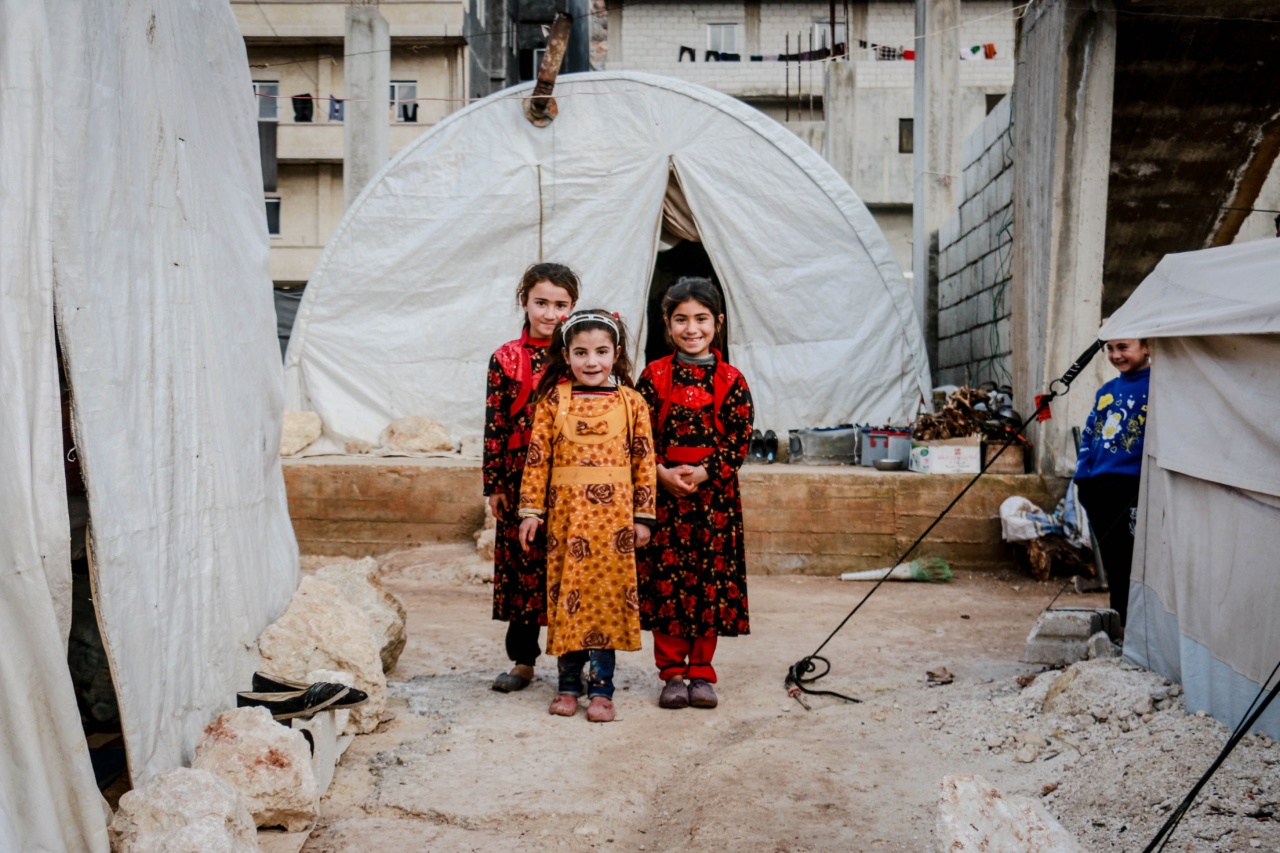It is estimated that around 8% of children in the United States have at least one food allergy, and the prevalence of allergies in children is on the rise.
Allergies can significantly impact a child’s quality of life, and it is crucial for parents to understand the causes, symptoms, and management of allergies to ensure their child’s well-being. In this article, we will discuss everything you need to know about allergies and how to keep your child safe.
What Are Allergies?
Allergies occur when a person’s immune system overreacts to a normally harmless substance, such as pollen, certain foods, or pet dander.
When exposed to an allergen, the immune system produces an antibody called immunoglobulin E (IgE), which triggers the release of chemicals like histamine. These chemicals cause inflammation and various allergic reactions.
Common Allergens in Children
While allergies can develop to almost anything, certain allergens are more common in children. The most prevalent allergens in children are:.
- Food allergens: Common food allergies in children include milk, eggs, peanuts, tree nuts, soy, wheat, fish, and shellfish.
- Environmental allergens: These include pollen, dust mites, mold spores, and pet dander.
- Insect stings: Some children may have severe allergic reactions to insect stings, particularly from bees, wasps, and fire ants.
- Medications: Certain medications can trigger allergic reactions in children, such as antibiotics like penicillin or sulfa drugs.
Symptoms of Allergies in Children
Allergies can manifest in various ways, and symptoms may range from mild to severe. Common symptoms of allergies in children include:.
- Hives or rash: Raised, itchy bumps may appear on the skin.
- Sneezing and runny nose: Allergies, particularly to pollen or pet dander, often cause sneezing and a runny or stuffy nose.
- Itchy or watery eyes: Allergic conjunctivitis can cause redness, itching, and watering of the eyes.
- Wheezing and difficulty breathing: Asthma, a common allergic condition, can cause wheezing, coughing, and shortness of breath.
- Abdominal pain and vomiting: Food allergies can lead to gastrointestinal symptoms like stomach pain, nausea, and vomiting.
- Anaphylaxis: This is a severe allergic reaction that can cause a rapid drop in blood pressure, swelling of the throat, and difficulty breathing. It requires immediate medical attention.
Diagnosing Allergies in Children
If you suspect your child has allergies, it is essential to consult with a healthcare professional for an accurate diagnosis.
The healthcare provider will evaluate your child’s medical history, perform a physical examination, and recommend appropriate allergy tests.
Allergy tests may include skin prick tests, blood tests (such as specific IgE tests), or oral food challenges.
These tests help identify the specific allergens triggering your child’s symptoms and determine the best course of action for management.
Managing Your Child’s Allergies
Managing your child’s allergies involves a combination of avoidance measures, medication, and emergency planning. Here are some essential steps to take:.
- Allergen avoidance: Identify and avoid your child’s allergens as much as possible. For example, if your child is allergic to peanuts, ensure they are not exposed to peanuts or peanut-containing products.
- Medication: In some cases, your child’s healthcare provider may recommend antihistamines, nasal sprays, or eye drops to manage allergic symptoms. For severe allergies or the risk of anaphylaxis, epinephrine auto-injectors (such as EpiPens) may be prescribed.
- Allergy action plan: Work with your child’s healthcare provider to create an allergy action plan. This plan should outline the steps to take in case of an allergic reaction, including when and how to administer emergency medications.
- Educate caregivers and teachers: If your child has allergies, it is crucial to inform caregivers, such as daycare providers or school teachers, about their allergies. They should be aware of the allergens and symptoms and know how to administer any necessary medications.
- Regular check-ups: Schedule regular check-ups with your child’s healthcare provider to monitor their allergies, review their treatment plan, and make any necessary adjustments.
Dealing with Allergies at School
When it comes to allergies, it’s essential to ensure your child’s safety at school. Here are a few tips:.
- Communicate with the school: Inform your child’s school about their allergies, providing detailed information about allergens, symptoms, and emergency protocols.
- Provide necessary medications: If your child requires medication, make sure to provide the school with the appropriate dosage and instructions.
- Collaborate with teachers: Establish open communication with your child’s teachers and work together to create a safe and supportive learning environment.
- Encourage self-advocacy: Teach your child about their allergies, how to recognize symptoms, and how to communicate their needs to both teachers and peers.
- Pack safe snacks: Send your child to school with safe, allergen-free snacks to avoid any accidental exposure.
When to Seek Medical Help
While many allergies can be effectively managed with avoidance and appropriate medications, there are situations that warrant immediate medical attention. Seek emergency medical help if your child:.
- Experiences symptoms of anaphylaxis, such as difficulty breathing, swelling of the face or throat, or a sudden drop in blood pressure.
- Has been stung by an insect and exhibits signs of an allergic reaction, such as hives, swelling, or difficulty breathing.
- Develops severe gastrointestinal symptoms, such as persistent vomiting or abdominal pain, after consuming a specific food.
- Experiences uncontrolled asthma symptoms, such as frequent wheezing, coughing, or shortness of breath, despite using prescribed medications.
Conclusion
Allergies can significantly impact a child’s daily life, but with proper management, education, and support, children with allergies can lead a happy and fulfilled life.
As a parent, it is crucial to be aware of your child’s allergies, take necessary precautions, and work closely with healthcare providers and educators to ensure their safety and well-being.































